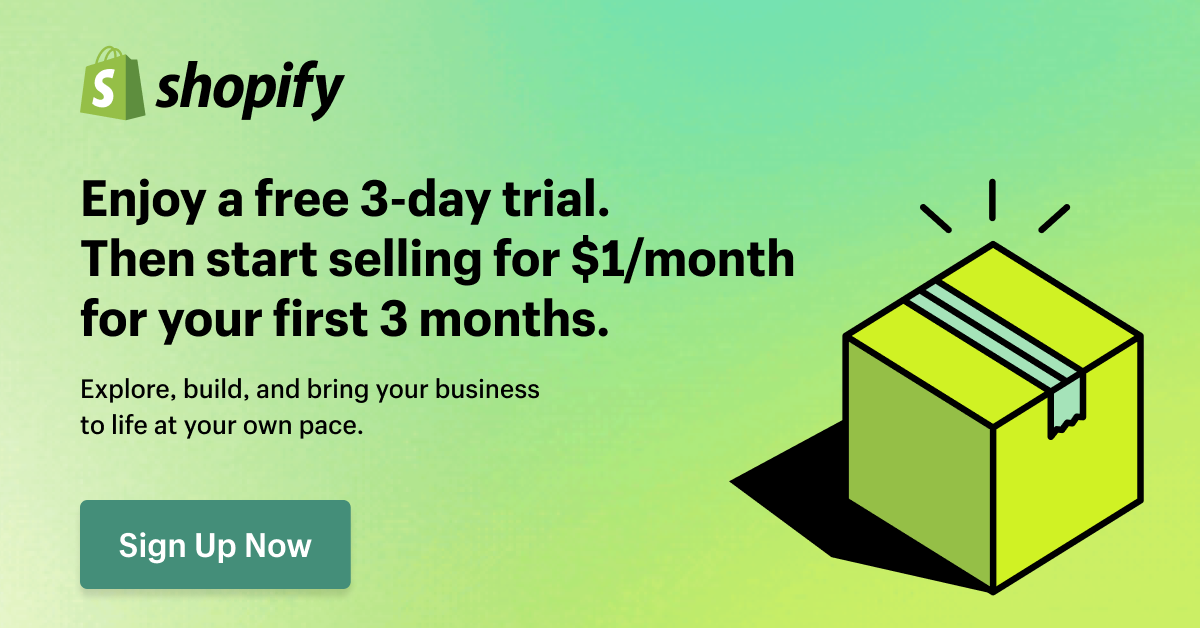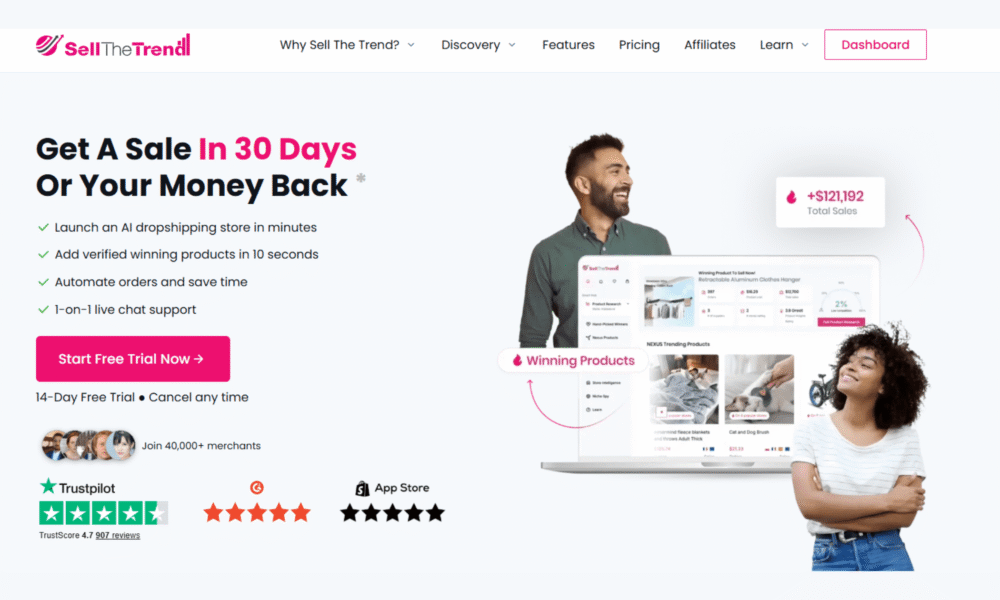If you are looking for the best Dsers Aliexpress dropshipping app alternatives,…
11 Phases Of Product Launch For Your Shopify Store 2025

How do you launch a Product? In this article, we will guide you through the 11 steps to follow when launching your products on Shopify, whether for your own inventory or dropshipping products.
An estimated 70-90 percent of new products fail. This indicates that the products do not sell at the scale and frequency required for profitability. A few purchases occur, and that is it.
Product launches are crucial for new business start-ups and for introducing a new product to an existing lineup.
Successful product launches can establish a strong foundation for long-term success, even in a relatively well-established industry.
There is much riding on this; therefore, you need more than just a simple email announcement carrying a single image of the product you are rolling out.
Often, a less-than-stellar product launch is the primary cause of product failure. Preparation is vital, and this is precisely what this post aims to do: to guide you and ensure that you are as well-prepared as possible for a successful product launch that propels you to success.
Table of Contents
What Cut As a Perfect Product Launch?
A grand product launch must be strategic in its testing and marketing, which is usually a lengthy and involved process; it involves more than simply listing the product online and making it available.
Granted that the product should be reliable on its own, it is the marketing, and all that leads up to it, that makes or breaks the launch, because if no one hears about how great the product is, they can not buy.

The lengthy process involves developing strategies, testing them, and refining them through further strategizing and testing, all while generating significant excitement and visibility for when the product page goes live on your site. The process is a learning curve anchored on effectively reaching your audience.
A Step-by-Step Process of Strong Product Launch
Product launches should not be rushed. The implicit is that the process should start early; this article will walk you through it step-by-step.
1. Defined Product’s USP
A unique selling proposition (USP) usually applies to a brand as a whole. However, it can also be customized for individual products.
USPs help explain why a potential customer should buy your product over a competitor by telling what makes yours unique and valuable.
USPs influence the messaging you use and how you market your product, which is significant in strategy development.
You can develop a strong USP centered on a product’s effectiveness and benefits. If you understand a possible USP, that is an excellent place to start, and it should be determined early in the strategy development process.
Start a free 3 Day trial and enjoy 3 months of Shopify for $1/month Instead of $39/month on selected plans. Sign up now
2. Identify Audience Segments
Once you have settled on what makes your product stand out, start by identifying your target audience. Your products can appeal to several distinct audience niches.
By creating messaging for each segment, you can develop campaigns tailored to specific segments, ensuring success in product promotion.
You must break down your audience niches into distinct buyer personas and tailor your strategy to audience segments.
The personas should be fleshed out to the extent you understand their demographics, their motivations, and pain points that your product can help resolve.
Each persona will likely be different from the one next to it, but that is good because the more detailed they are, the more they can guide your content.
3. Conduct Market Research
Conducting market research is at the top of the product launch checklist. You want to be able to see what your competitors are already offering, how products are marketed, and how well they are doing.
What kinds of ad campaigns are your competitors running? Which aspects get highlighted, and what kind of reception are the products receiving? Identify your top competitor and determine how you can differentiate yourself.
Market research can strengthen or alter USPs if you see new ways to present your product differently.
4. Roll Out a Pre-Launch Beta Test
The essence of early testing is that it allows for the pre-testing of initial concepts before investing significant money in a strategy that may or may not work.
Generally, small focus groups are the right call. They enable you to identify enthusiastic members of your target audience, including your current customers, and ask them to test your products for free in exchange for their open, genuine feedback.

You can deploy hyper-targeted Facebook Ads using tight geographical or interest restrictions to find test participants or evaluate the product’s benefit or reception.
Carefully monitor the tests, and then apply the information you learned to adapt.
You must ensure that your audience is informed about the product, how it is used, and their opinion on the marketing.
5. Develop a Marketing Strategy
Marketing is king in product launches, and you have tons of data to work with at this juncture. You can create your marketing mix, a blend of strategies and platforms that you will use to target your audience.
At this stage, you should do the following;
- Decide on what platforms to use and how much to invest in each.
- Define some of the copy to use
- Select specific strategies to implement, such as whether to leverage.
Influencer marketing, leverage discounts or referral programs.
Indeed, different platforms serve different purposes, each with strengths and weaknesses. Consider the following in your choice.
Email marketing offers a high ROI and is a low-cost option. It also allows you to connect with people who are already interested.
Search Ads (Bing, Google & Pinterest) allow you to show your products to users actively searching for them.
Ads have higher costs, though they capture users further in the sales funnel.
Influencer marketing is an excellent choice for achieving superior visibility, generating rapid growth, and creating hype quickly.
Social ads, such as those on Instagram and Facebook, are effective avenues for introducing yourself to users who fit specific target criteria, capturing their interests, and generating demand.
These Ad platforms are slightly cheaper than other PPC campaigns, although they require longer funnels to move users to conversions.
Product reviews and referral campaigns are low-cost yet highly effective, utilizing social proof and word-of-mouth marketing to your advantage.
It would help if you had reviews to get you started. These programs should be executed before the product launch to maintain momentum quickly.
Casting a wider net can lead to quicker success. Deploying a blend of different marketing strategies and platforms is the right call.
Users in various stages of the funnel require specific messaging at specific times.
6. Creating Landing Pages & Product Listing
After figuring out how you want to market your product, the next step is to set up the landing pages and product listings.
Prepare them on your website and upload ad campaigns to the Ad Manager area for approval.
There is no hurry to officially launch anything yet; schedule your ad campaigns to be approved in the system, which you should only begin once you are ready.
If you wish to keep your listing page incognito, you can achieve this by removing it from Google’s Search Console, so it is not findable in search results, and keeping it out of your current site navigation menu. It must be done early because you still want the listing page ready.
7. Have Your Launch Calendar Ready
The launch calendar should be ready before you begin releasing your campaigns. Determine the day you want to do the big public release and promote it beforehand. Then, when the time is right, you’ll have things in order.
At this stage, you should be as thorough as having a straightforward bet test scheduled and clear deadlines for when the results should be back.
Additionally, having clear internal periods helps control the urge to continually test and pursue perfection.
It is best to remain accountable to your current timetable unless legitimate product safety or malfunction issues arise.
8. Roll Out a Wider Beta Testing Program.
Through more comprehensive beta testing, you can engage influencers and customers, emphasizing that you value their reviews and honest feedback.
You need to be prepared to adapt your campaigns and strategies as needed. Yes, it may be late in the game, but it is worthwhile to do it before the product is officially released.
You can leverage beta testing spots to increase FOMO and drive early interest. If the product is unacceptable for beta testing, individuals can sign up for an email list and be notified once it becomes available.
9. Ensure Everything is Ready
Everything needs to be ready before the launch starts rolling out. There should be enough inventory for the first protected wave of sales; it must be accessible, and you need to know how long it will take to restock.
The shipping process needs to be in order. Your sales, customer care, and technical support teams should be trained on new products, including how they work, the benefits they offer customers, and how to utilize them effectively.
As a drop shipper, ensure that the supplier can deliver a large volume of orders, especially if you rely on the supplier to maintain sufficient stock. You should keep the supplier informed about what is coming and the number of orders you expect.
10. Start Running Launch Announcements
Announce the release of the new product at least seven days in advance via social media and email.
As soon as the product launches, state that it is limited; this is geared to leverage scarcity and drive sales early.
You can use emails, social media, and Facebook ad campaigns to generate more interest early on.
Let influencers in early on and ask them to start talking about your product from the launch, so that people can start purchasing instantly.
11. Have An Official Launch Event
On product launch day, an official product event sets the tone for the launch. There are various marvelous new product launch ideas to consider, but not limited to the following;
- A website related to the product you are releasing.
- Short Facebook Lives demos of how to use the product.
- Social contests that build social proof capture lead info to generate interest, social buzz, and giveaways of the new product as a critical token prize.
Most importantly, it is essential to ensure that you generate maximum interest while leveraging each platform to its fullest potential.
Product Launch Mistakes To Avoid
When going through the product launch steps, avoiding numerous common mistakes that threaten your campaign is vital.
Be sure to define product launch ideas before starting.
Concept testing and strategy development should be conducted early in the process. You must only stumble upon it if you know where you are going.
To pay attention to a proper soft launch.
Beta tests and soft launches provide the early momentum needed for the whole start, and of course, they give actionable feedback.
There is no backup plan.
There are times when even the best strategies can go awry.
You have a backup plan at most, if not all, stages of the process to continue even if something unexpected happens.
Lacking a USP
Most new products need more original marketing ideas and USPs. Pulling people away from their established brands is a mammoth task if they cannot promise and deliver something new and extraordinary.
New product launches can be high-stress, but a significant number of new products that come to market struggle to gain traction. Nevertheless, new products are worth investing time and money in. A strong product launch can ride on momentum.
Product launches often throw surprises, so you must adapt and apply what you’ve learned.
Swiftness is a vital skill set in successful launches. If you focus on sustaining the best connection you have with your target audience, you are probably on the right track.
Start Shopify For Only

Try Shopify free for 3 days, no credit card is required. By entering your email, you agree to receive marketing emails from Shopify.




Comments (0)